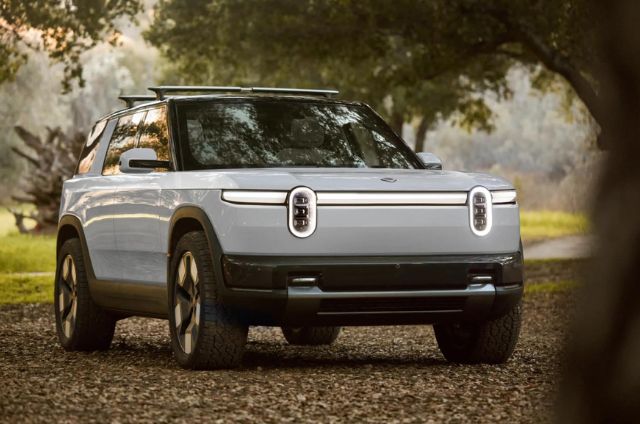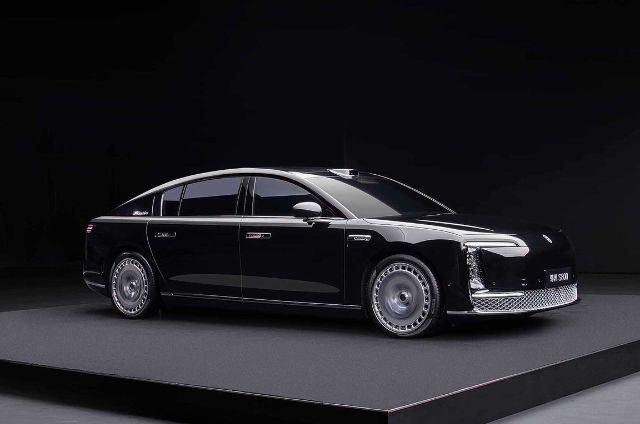House Power, Straight from Your SUV
Rivian’s next big thing, the $45,000 R2 SUV, is more than just an EV. It’s a home battery on wheels.
Thanks to a newly designed Energy Management Control Module, the R2 will support vehicle-to-home (V2H) power. That means during a blackout, or even just peak-rate electricity hours, the R2 can step in and keep your house running.
The Tech Making It Happen
At the heart of this feature is a bidirectional charger. It converts electricity from your home (AC) into power for the R2’s battery (DC)—and does the reverse when needed.
The control module sits at the back of the battery pack and integrates multiple systems into a single unit. This compact, smart design makes bidirectional charging much more efficient.
A Battery Built for More Than Driving
The R2 will be the first Rivian to use LG 4695 cylindrical cells, packing six times the energy of the 2170 cells found in the R1S and R1T.
This is crucial—not just for range (target: 300 miles), but for energy storage. Rivian’s vision? To unlock gigawatt-hours of energy from its fleet.
Built for the U.S., Ready for the World
In the U.S., the R2 will use a Tesla-style NACS port. But Rivian has global ambitions, and for Europe, it may offer a CCS2 port variant as well.
The first batteries will be made overseas, but starting in 2027, Rivian plans to build them in Arizona.
Extra Gear Required (For Now)
To make full use of V2H, you’ll still need extra hardware. Rivian plans to launch a bidirectional home charger, finally catching up to Ford and GM, who’ve already rolled out their kits.
Production of the R2 begins next year in Normal, Illinois.
What You’ll Need to Use V2H
Having an EV that can power your home is cool—but it’s not plug-and-play just yet.
To enable full vehicle-to-home (V2H) functionality, Rivian drivers will need to install a compatible bidirectional home charger (coming soon from Rivian), plus a home integration system that connects the EV to your house’s main electrical panel.
That setup will likely cost a few thousand dollars, similar to what Ford and GM charge for their kits. Still, for many, the long-term energy savings and backup power peace of mind could be well worth it.



